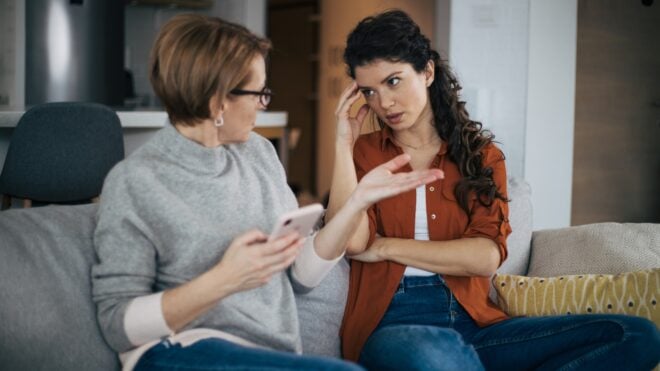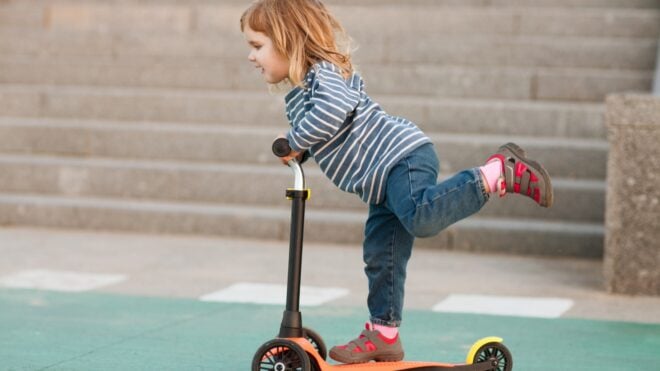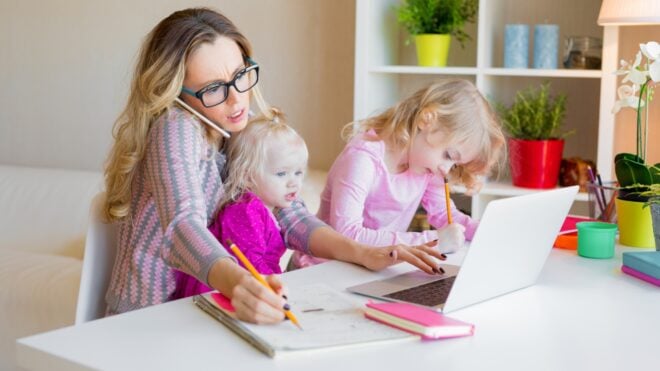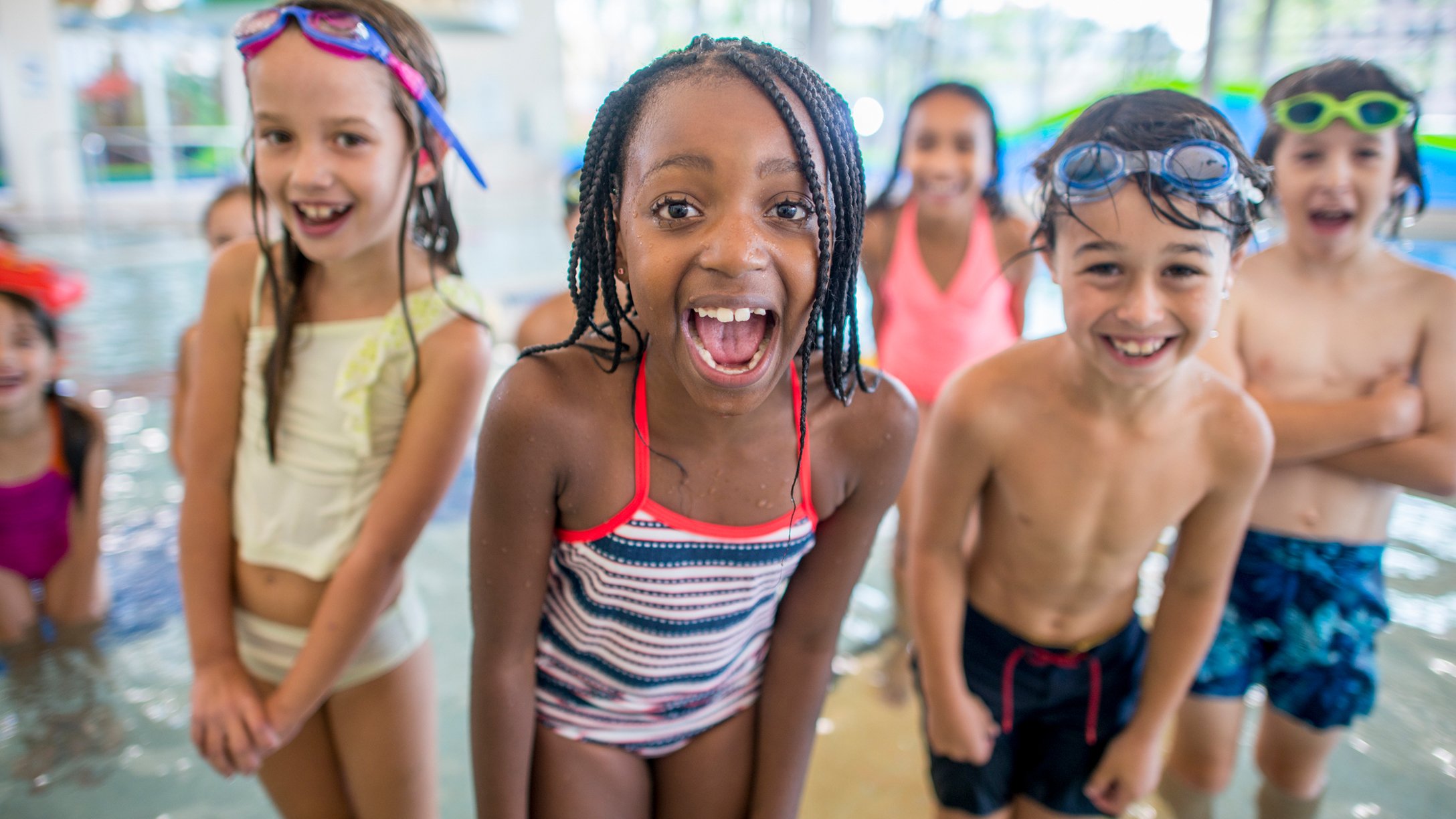
In this article
It’s summer, the weather is beautiful, the kids have finally finished online classes for the year and by all accounts, America is returning to business as usual. Well, at least that’s what it looks like with states reopening. Sure, in the beginning the five phases sounded smart and responsible but then people started leapfrogging the phases. Now, parks, restaurants, museums, malls and even some local public pools are opening back up.
But is it safe to go back to a public pool during the pandemic?
Is it safe to return to business as usual? What public pools near me are open? Should we just chuck the whole idea and invest in an inflatable pool for the backyard? The real question is: Is life ever going to be normal again?
Is it safe to go to a public pool during a pandemic?
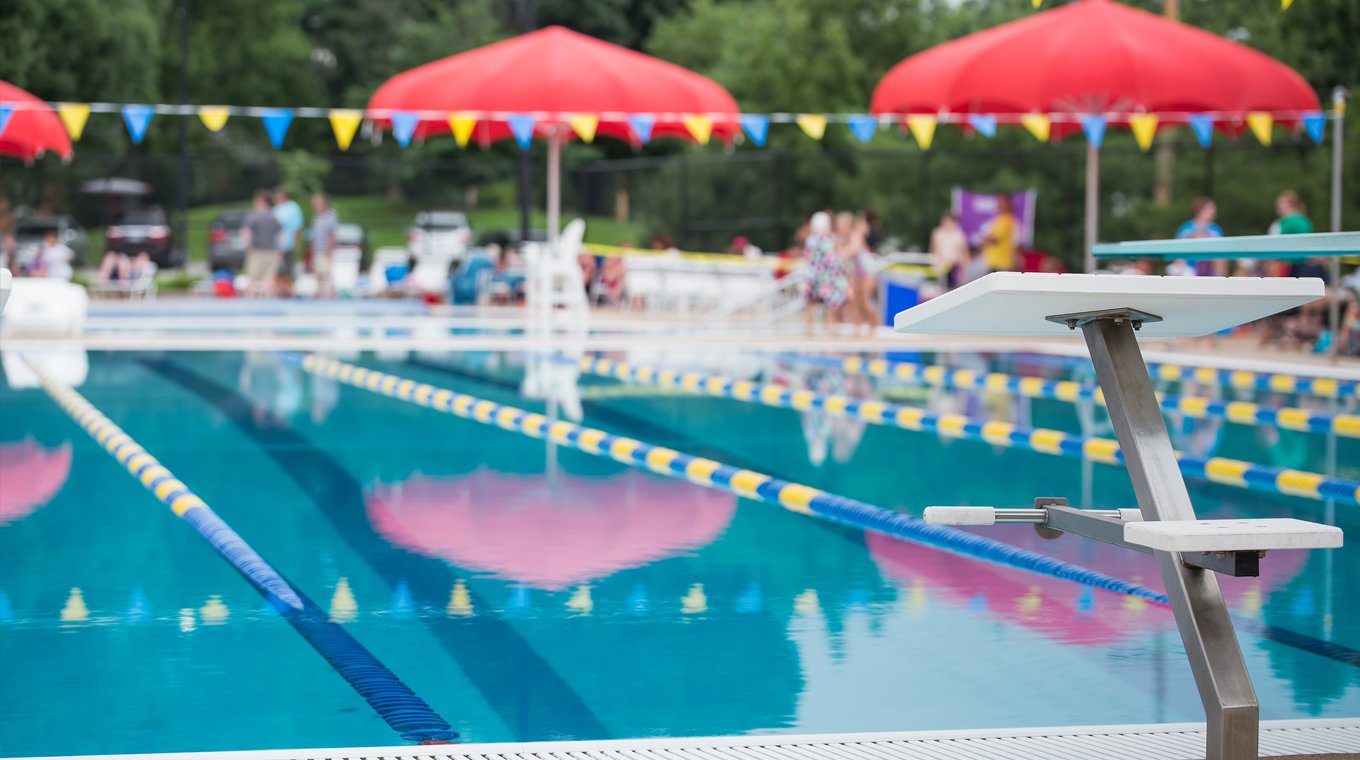
Your local pool is opening or has opened back up. Mine has. But is it safe to go to a public pool during coronavirus? The answer is no and yes. No, its not 100% safe, but people are less likely to contract the coronavirus during outdoor activities than during indoor activities.
“There probably is a theoretical possibility you could get infected by coronavirus from the pool water itself, but it’s so negligible it’s probably effectively zero,” Angela Rasmussen, a virologist at the Columbia University Mailman School of Public Health, told The New York Times.
Rules for using the public pool are the same as everywhere during the pandemic because the virus is not gone. Practice social distancing, wear your mask when not in the water (just imagine the tan lines), wash hands frequently and thoroughly, and disinfect surfaces to lower risk. The Centers for Disease Control and Prevention has guidelines for those using – and managing – public pools and water playgrounds.
The public pool near me has eliminated all of the pool chairs, masks are mandatory when not in the pool, social distancing is observed, hours are shortened to allow for more cleanings throughout the day, guests are not allowed to bring friends and are asked to rotate out to allow more people to enjoy the pool while social distancing. It’s good in theory, but what about when the kids get snacks or get in line for the diving board? No one is social distancing, so just be vigilant.
Mom Bertha Tuskan still doesn’t think taking a dip in a public pool is a good idea. “Beaches, lakes and pools are where we spend our summers but not this summer,” she told Mom.com. “It’s too risky going into crowds. We’re putting up a pool in the backyard.”
How do I find public pools open near me?
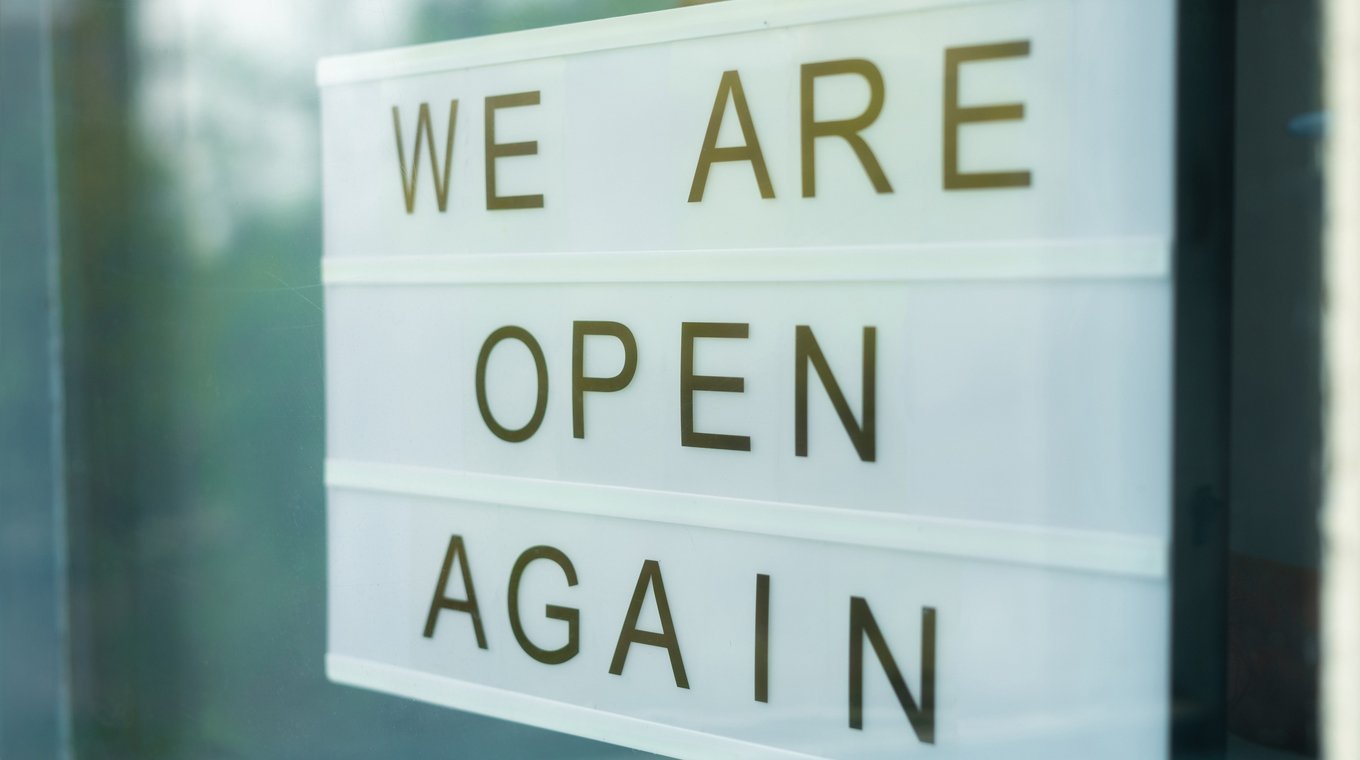
The best way to find a public pool near you is to Google it, or check your local county health department website. Then, look at the website for the individual pools, or call to find out what their safety policies are. If they are not observing the rules or have none in place to keep you safe, don’t risk it. Stay home and get wet in the sprinkler.
When looking for the public pool’s policy, make sure to take note what the rules are. Another idea is to check the facility’s Yelp reviews and see if people are actually adhering to the rules or if they are just there “for show.” If they are just there to satisfy a suggested recommendation and are not being enforced, skip the pool. No day at the pool is worth risking your health.
Inflatable pools and other water fun at home
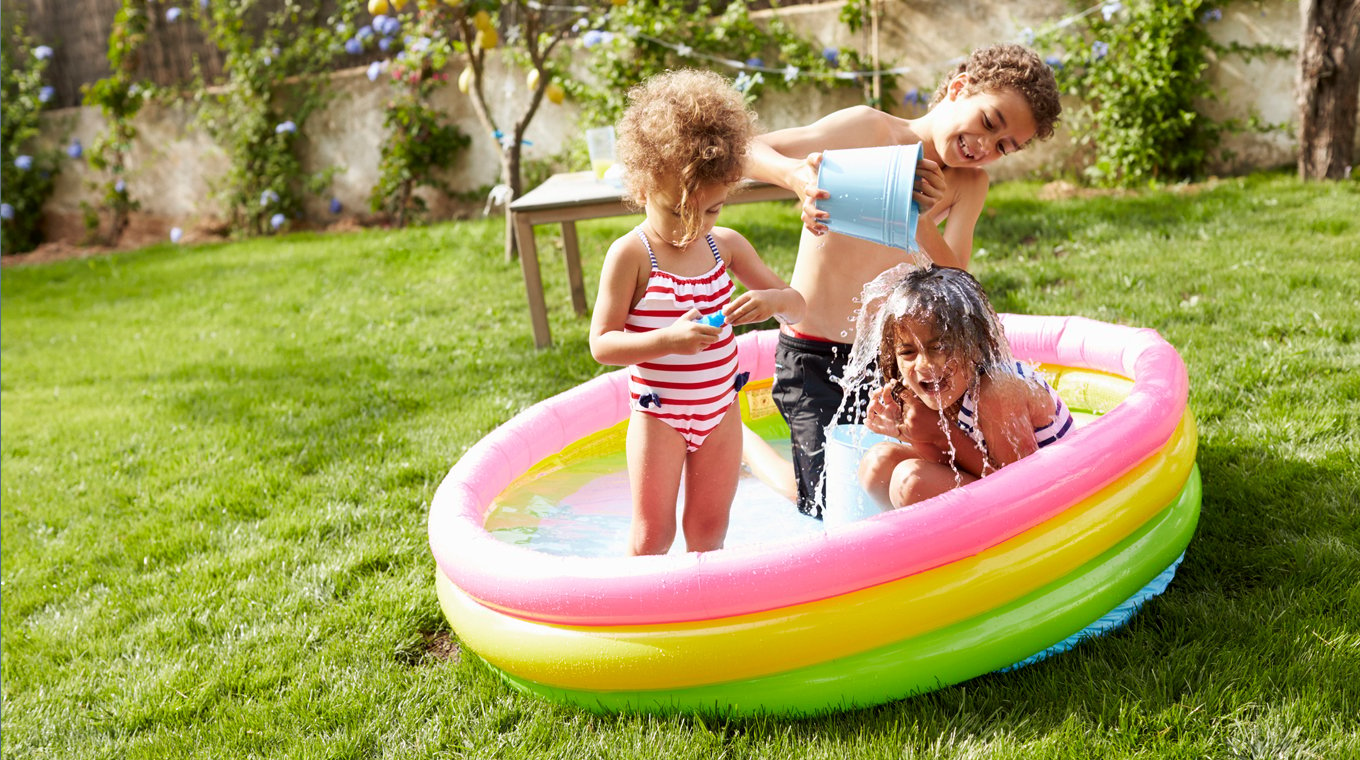
Last but not least, if all else fails but you don’t want to miss out on playing in the water, there are other options. Families cannot live by beach, lake, and public pool alone. Personally, the less crowded the water, the better I feel about spending time with my family there. Here are other water fun options.
- Adult-sized Minnidip inflatable pools
- A sprinkler
- A slip and slide
- An inflatable water slide
- Sprinkler on the trampoline
- Water balloons
- If you really want to make your kids’ day put it all together and create a fun outdoor water park.
Basic safety for your inflatable pool:
- Make sure that kids know how to swim
- Swimmers should be supervised at all times
- Know the signs of drowning and how to perform CPR
- Put a cover on the pool when not in use to prevent accidents
- Keep the pool clean so its safe for your child’s health
- Disinfect with chlorine or bromine
- Check pH balance twice a day
- Keep the chemicals at these recommended levels to kill germs: 1–10 parts per million (ppm) free chlorine or 3–8 ppm bromine with a pH 7.2–7.8.
According to the CDC, if the pH is too high or too low, it can cause problems, including decreasing chlorine’s or bromine’s ability to kill germs. It can also cause skin and eye irritation in swimmers and damage pool pipes and other equipment.




